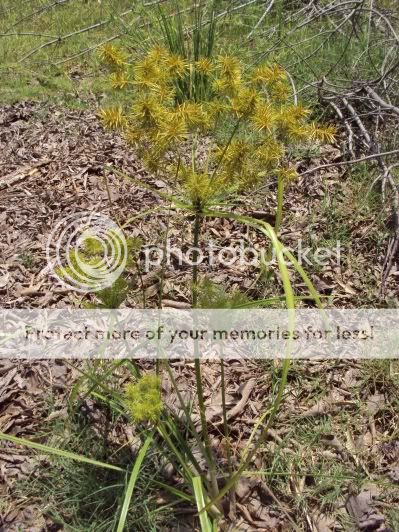
Want soap? Awesome handmade soap? Want to pay a suspiciously low price for this awesomeness? Want to give me your money? Well now you can!
Contact me and I will get you set up.
Q: How much does them there soaps cost?A: you can buy 100g (about 3.5 oz) for around $2.81. You will not find handmade soap for this little. Handmade soaps typically go for around $4.00.
Q: Wow that's the greatest price I ever did hear!A: Pretty awesome, eh?
Q: How do you sell it so cheap?A: The truth is, the mark up on those $4.00 soaps is ridiculously high. I want to make a little cash for myself, but I also want to give people access to good handmade soap for a fair price.
Here are some interesting things you can do with soap:
- You can wash your butt.
- You can wash someone else's butt.
- You can wash your hair.
- You can wash your face.
- You can wash you dog's face.
Here are some good things about my soap:
- The price is awesome.
- It will clean you. You will feel clean. You will squeak.
- My soap contains only yummy stuff like honey, oatmeal, that kind of thing. No synthetic colours or scents (unless you request them.)
You can order as much as you like, you can request a custom soap, you can boast that you get your handmade soaps made custom for a ridiculously low price.
I make soap in 2kg batches (about 4.4 lb), and a batch costs around $56. A 2kg block is like 20 bars of soap. You can order one of those. You can order a single bar. You can order as much as you like.
Don't know what to order? Contact me, and I'll make my standard Honey Batch. Then you can give me money and take the soap home and wash anything you want.
So go email me!





















 Potatoes growing out of the compost pile :)
Potatoes growing out of the compost pile :)
